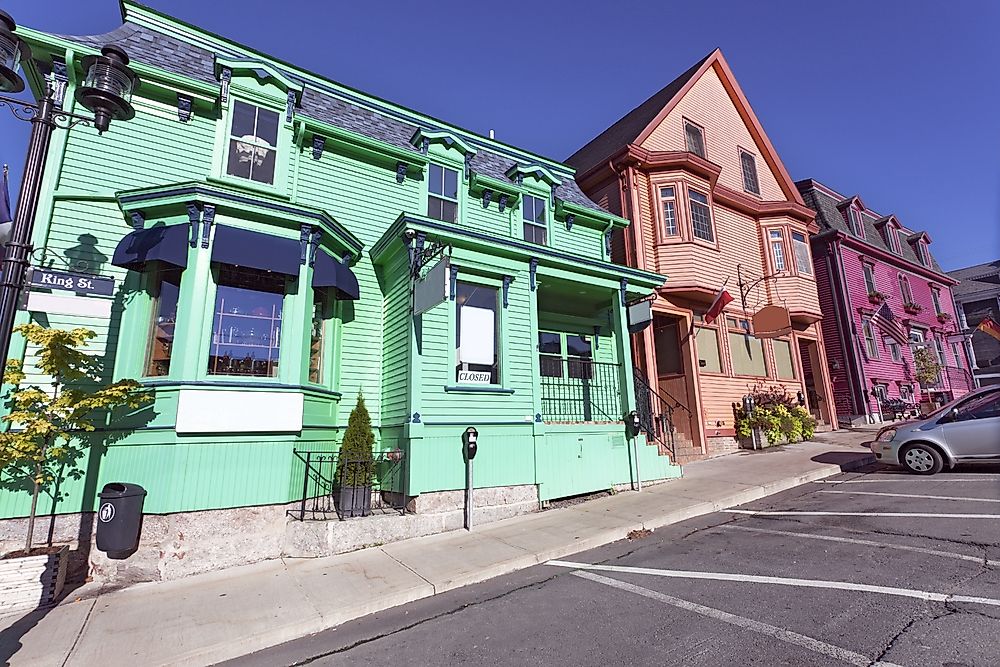What Is A World Heritage City?

World Heritage cities are home to UNESCO World Heritage sites. 250 of these cities are members of the Organization of World Heritage Cities. The Organization has its headquarters in Quebec City, Canada. The 250 member cities of the Organization boast a population of over 130 million collectively.
History
The initial International Symposium of World Heritage Cities took place in 1991 in Québec City. A total of 41 cities participated in the symposium, and they approved the Québec City Declaration which stated the intention to establish a network of World Heritage Cities. The Organization of World Heritage Cities was established in Fez, Morocco in 1993. There were 56 cities involved in approving the Organization's structure, and they elected the Secretary General and the Board of Directors. The member cities have been convening a meeting after every two years since then. Various cities have hosted the Organization's symposiums including Bergen in Norway, Puebla in Mexico, Cusco in Peru, and Sintra in Portugal.
Organization
For a city to become a member of the Organization, it must meet two conditions. It has to have a living urban fabric of contemporary or historical interest. The city's unique universal value should have been identified by the UNESCO and earned it a place on the World Heritage List. The city should also adhere to the Organization's values. The principal authority of the Organization is the General Assembly where mayors represent member cities. A member city should pay the yearly membership fee to participate in the General Assembly which convenes every two years. The Assembly directs the Organization's activities, discusses various issues, adopts the Organization's work program, and guides the financial policy. The General Assembly is required to elect the Board of Directors which brings together eight mayors who meet at least once every year. The Board of Directors elects the Organization's President from the board members. The General Secretariat is chaired by the Secretary General who receives their appointment from the General Assembly. The General Secretariat branches into seven Regional Secretariats which act as a link between the member states in a specific region and the General Secretariat.
Objectives
The Organization encourages the implementation of the 1972 World Heritage Convention adopted by UNESCO. It agitates for cooperation and exchange of expertise and information among its members on both regional and international levels. The Organization empowers its members to adopt as well as improving management methods regarding the particular criteria required to have a site recognized by UNESCO as a heritage site. It further works with organizations aiming for similar goals and facilitates a sense of solidarity among its pool of member states.
Examples of World Heritage Cities
The City of Lamu in Kenya dates back to the 12th century. It is home to several historical landmarks such as the Lamu Fort and the German Post Office. The city's architecture features narrow winding streets which are a fusion of Persian, African, Indian, and Arabic influences. In Syria, the City of Aleppo is recognized as one of the world's oldest continuously inhabited settlements. Having been settled in 5000 BC, Aleppo has a rich and long history. The City of Kyoto in Japan served as the Imperial Capital of Japan for over 1,000 years. Kyoto's numerous historical monuments feature Shinto shrines, Buddhist temples, and a castle. The City of Bergen in Norway may have been inhabited as early as the 1020's. It is home to Bryggen, which is an old wharf famed for its ancient settlements of long dockside homes and narrow passageways.











